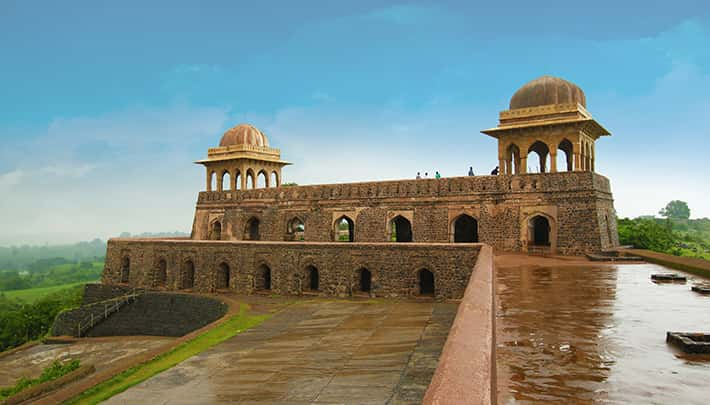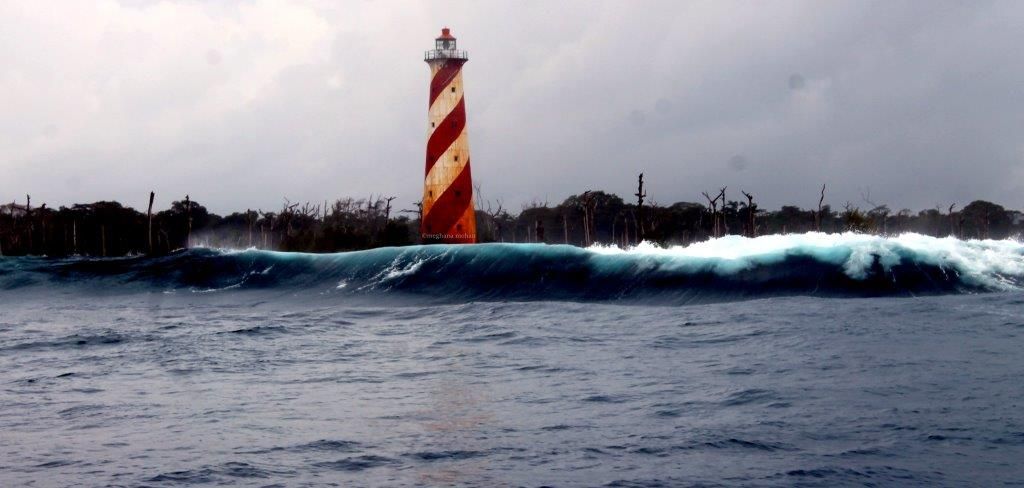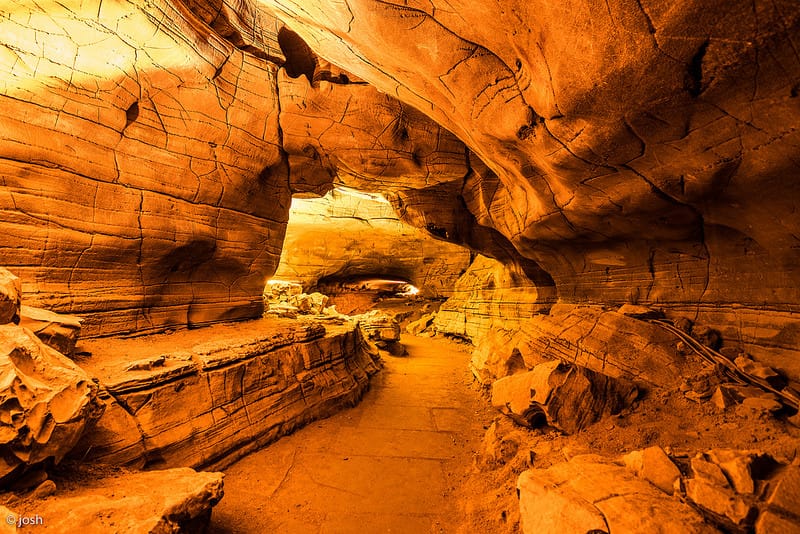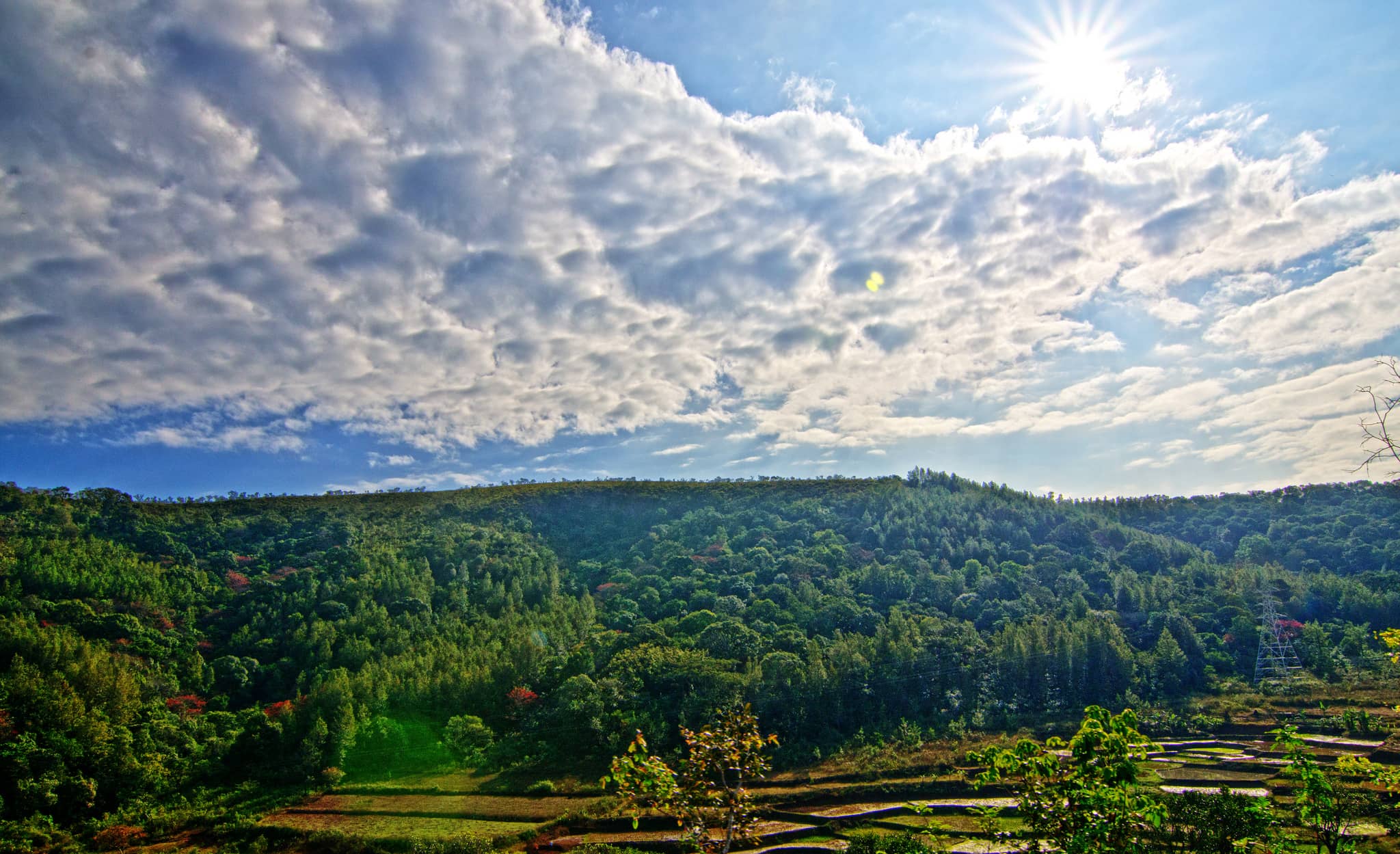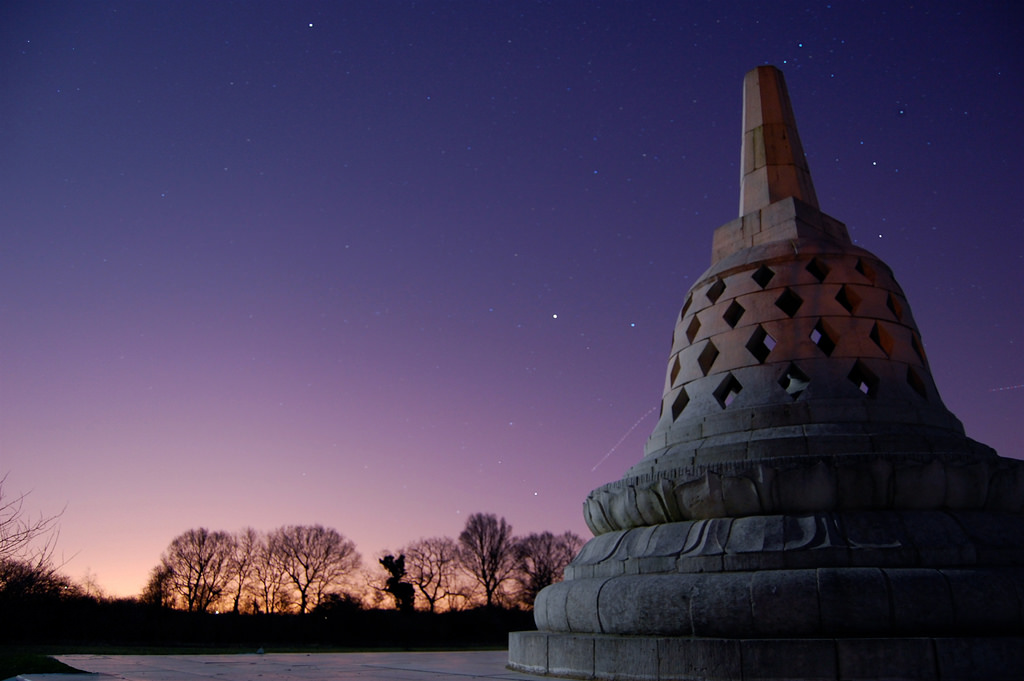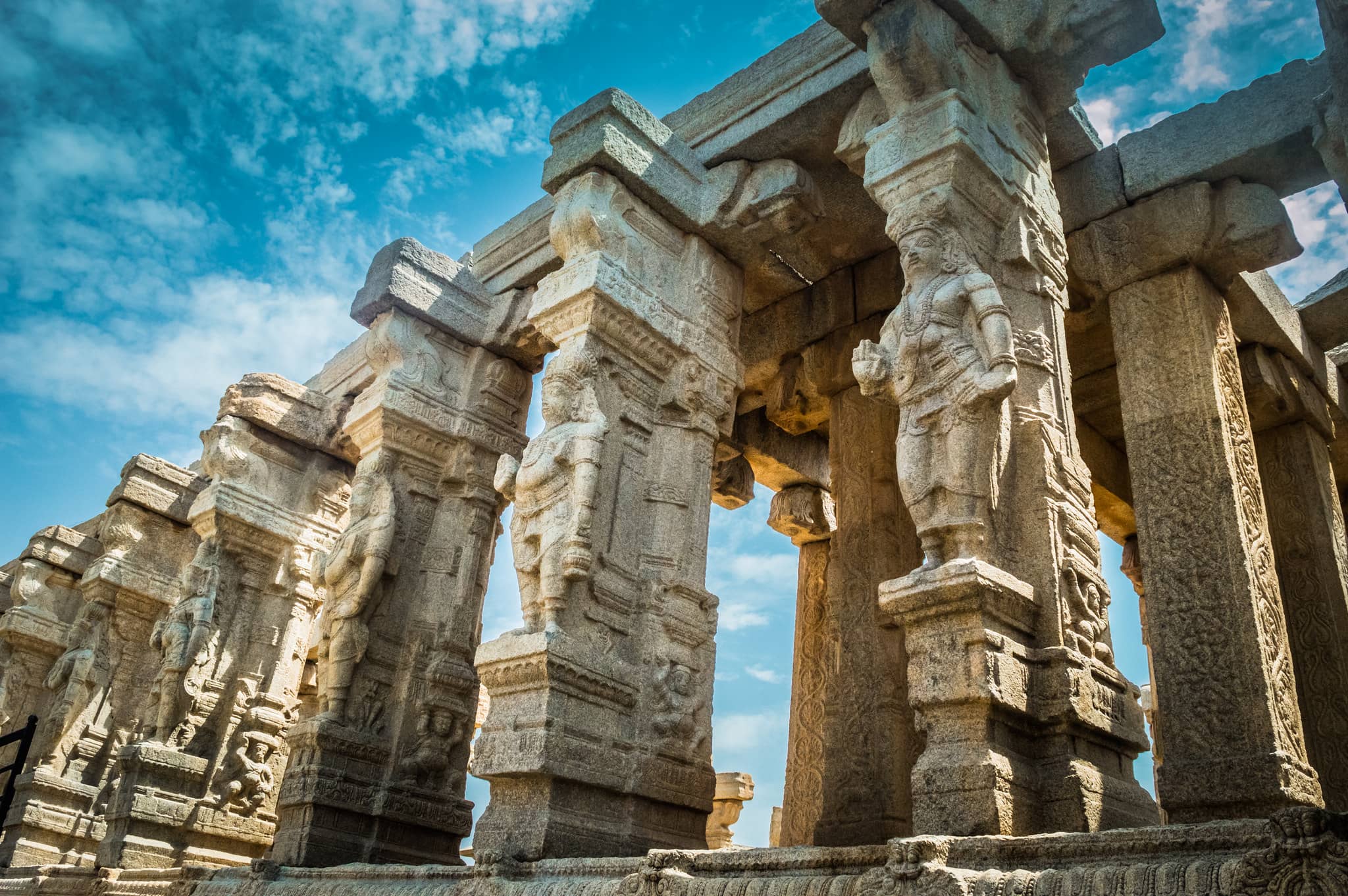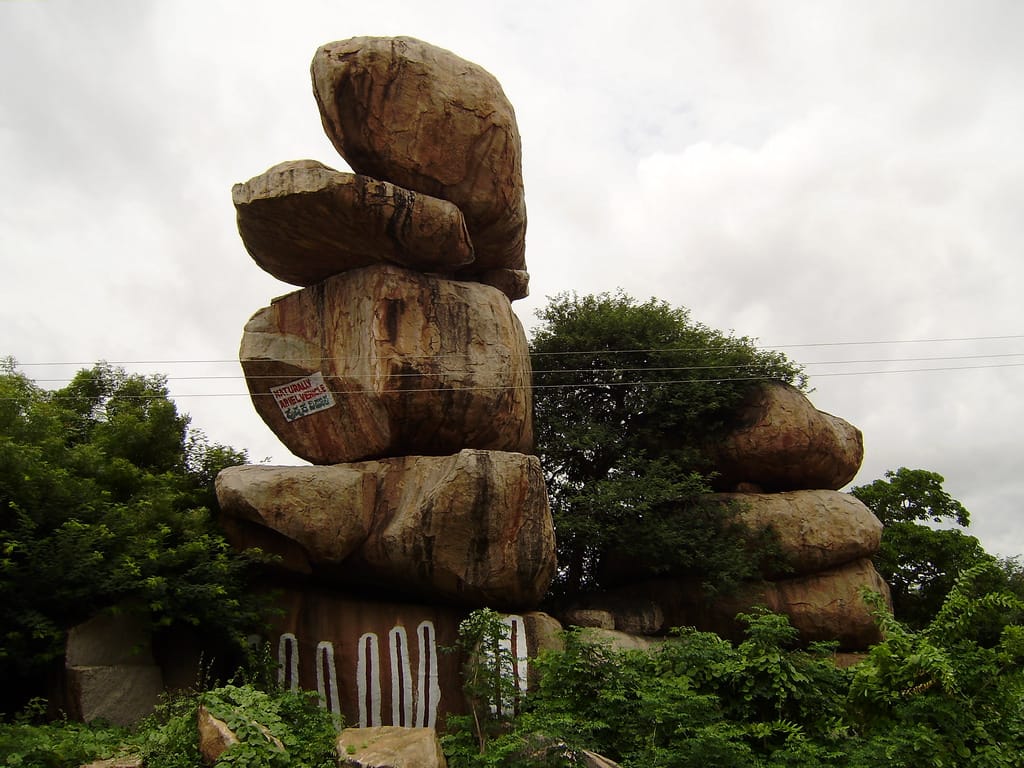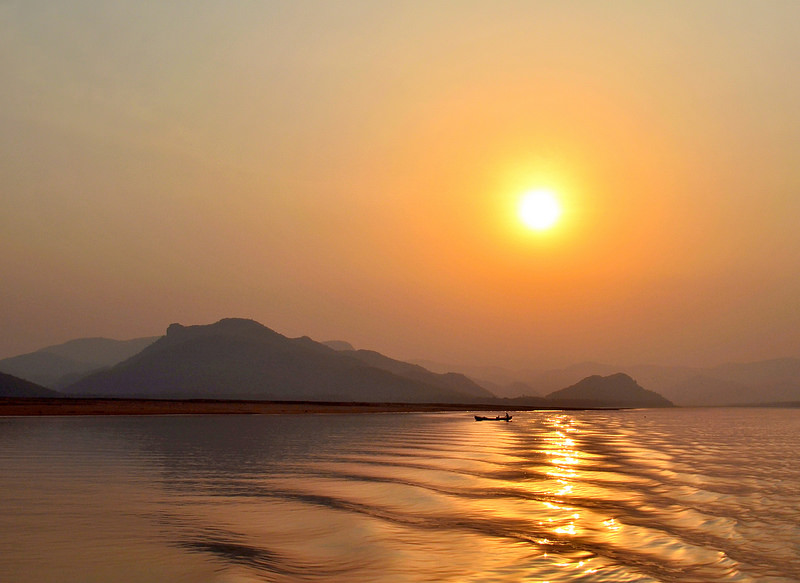Mandu is an ancient fort city located in the central Indian state of Madhya Pradesh. Surrounded by sturdy stone walls and dotted with historical gates (darwazas), Mandu is renowned for its Afghan architectural heritage. Key landmarks include Hoshang Shah’s Tomb, an exquisite domed marble mausoleum, and the grand Jami Masjid mosque, with its beautiful courtyards framed by colonnades. The Jahaz Mahal palace, a striking structure set between two serene lakes, is one of the most iconic sights of the city, offering a glimpse into the grandeur of Mandu’s past.
places to visit in Mandu
Jahaz Mahal
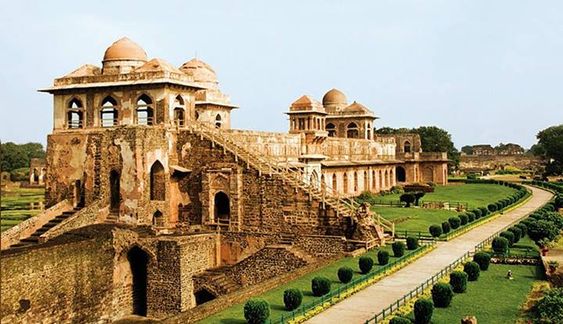
Built between 1436 and 1439, Jahaz Mahal is an architectural marvel located between two water bodies, giving it the appearance of a ship. The palace is known for its unique design, combining elegance and strategic placement, making it one of Mandu’s most iconic structures.
Rani Rupmati’s Pavilion
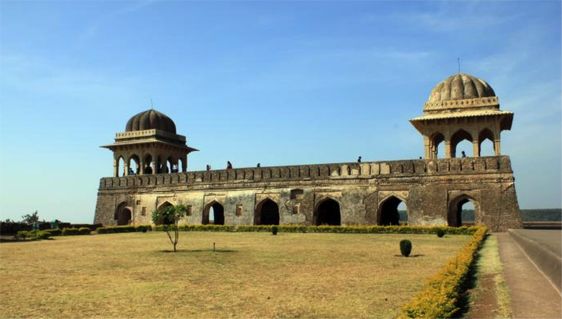
Rani Rupmati’s Pavilion was originally built as an army observation post. It is also a romantic retreat for the queen, Rani Rupmati, who was a Hindu singer and later married Sultan Baz Bahadur. The pavilion offers stunning views of the surrounding landscape and was a place of solace for the queen.
Baz Bahadur’s Palace
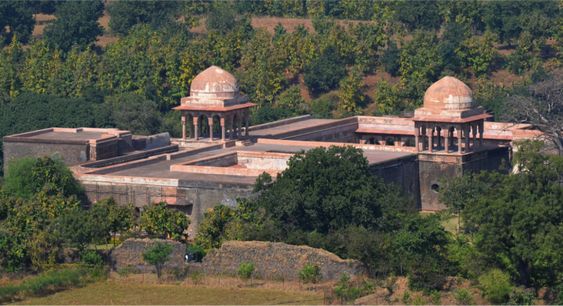
Constructed by Sultan Baz Bahadur in the 16th century, Baz Bahadur’s Palace is known for its vast courtyards, large halls, and high terraces. Located beneath Rani Rupmati’s Pavilion, the palace offers spectacular views and reflects the architectural grandeur of the period.
Hindola Mahal

Hindola Mahal, also known as the “Swing Palace,” is a large meeting hall in Mandu. The building features sloping walls that resemble the motion of a swing, creating a unique and artistic structure that reflects the grandeur of its era.
Champa Baoli & Hammam

Champa Baoli is an intricately designed step well that draws inspiration from Turkish bath architecture. Located in Mandu, the Hammam is a testament to the architectural brilliance of the period, combining functionality with beauty in its design.
Jain Temple
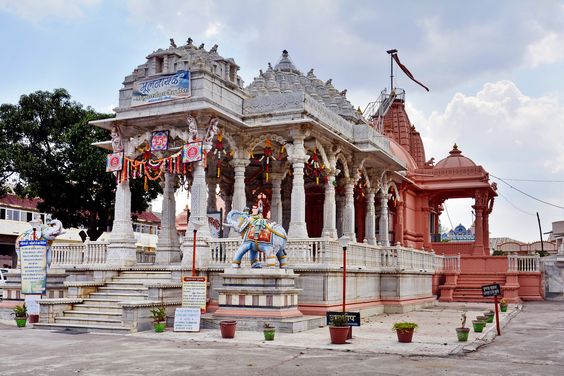
Situated within the Mandavgarh Fort, the Jain Temple is located on the high peak of Vindhya Parvat. The temple is a significant religious site, offering visitors a glimpse of the spiritual heritage of Mandu and the rich Jain traditions.
Ashrafi Mahal
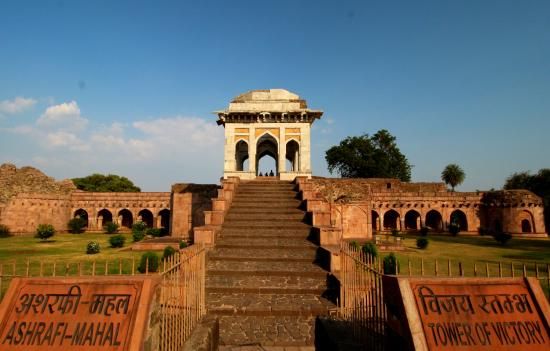
Facing the Jami Masjid, Ashrafi Mahal is an elegant structure built with a noble approach, featuring a grand staircase that mirrors the steps of the mosque. The Mahal, with its intricate design, reflects the blend of architectural beauty and Islamic influence prevalent in the region.
Jami Masjid

Inspired by the great mosque of Damascus, Jami Masjid is a large and imposing structure in Mandu. Known for its simplicity and architectural grace, the mosque features vast courtyards and grand entrances, and it is one of the most striking buildings in Mandu.
Taveli Mahal
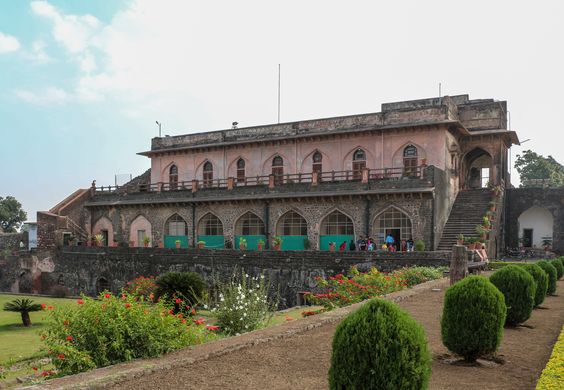
Taveli Mahal, also known as the “Stable Mahal,” was originally used as a stable block for horses. The building has been repurposed into a mansion but retains its name, symbolizing its history as a stable. Its architectural style reflects the utilitarian yet artistic designs of Mandu.
Hoshang’s Tomb
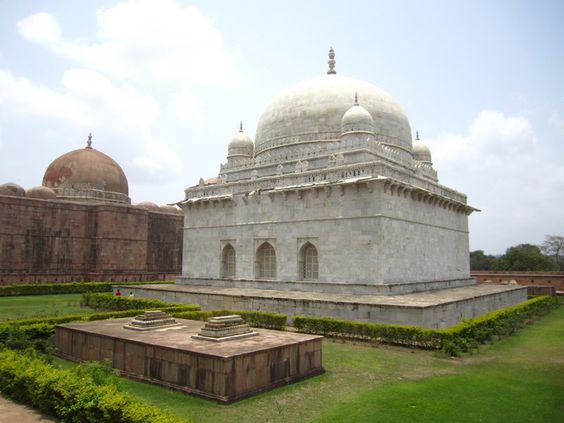
Hoshang’s Tomb is India’s first marble structure and a fine example of Afghan architecture. The tomb is known for its beautifully proportioned dome, intricate marble lattice work, and its elegant porticoed courtyards and towers, making it a remarkable and refined monument in Mandu.
Best time to visit Mandu
The best time to visit Mandu is from October to March, with winter being the most favorable season. During this period, temperatures range between 8°C to 22°C, providing pleasant weather for sightseeing. Summers, from March to June, are hot, with temperatures soaring up to 45°C, making it less ideal for travel. Monsoon season brings rainfall and enhances Mandu’s scenic beauty with lush greenery. However, tourists should avoid the rainy months due to the high humidity and occasional downpours.
